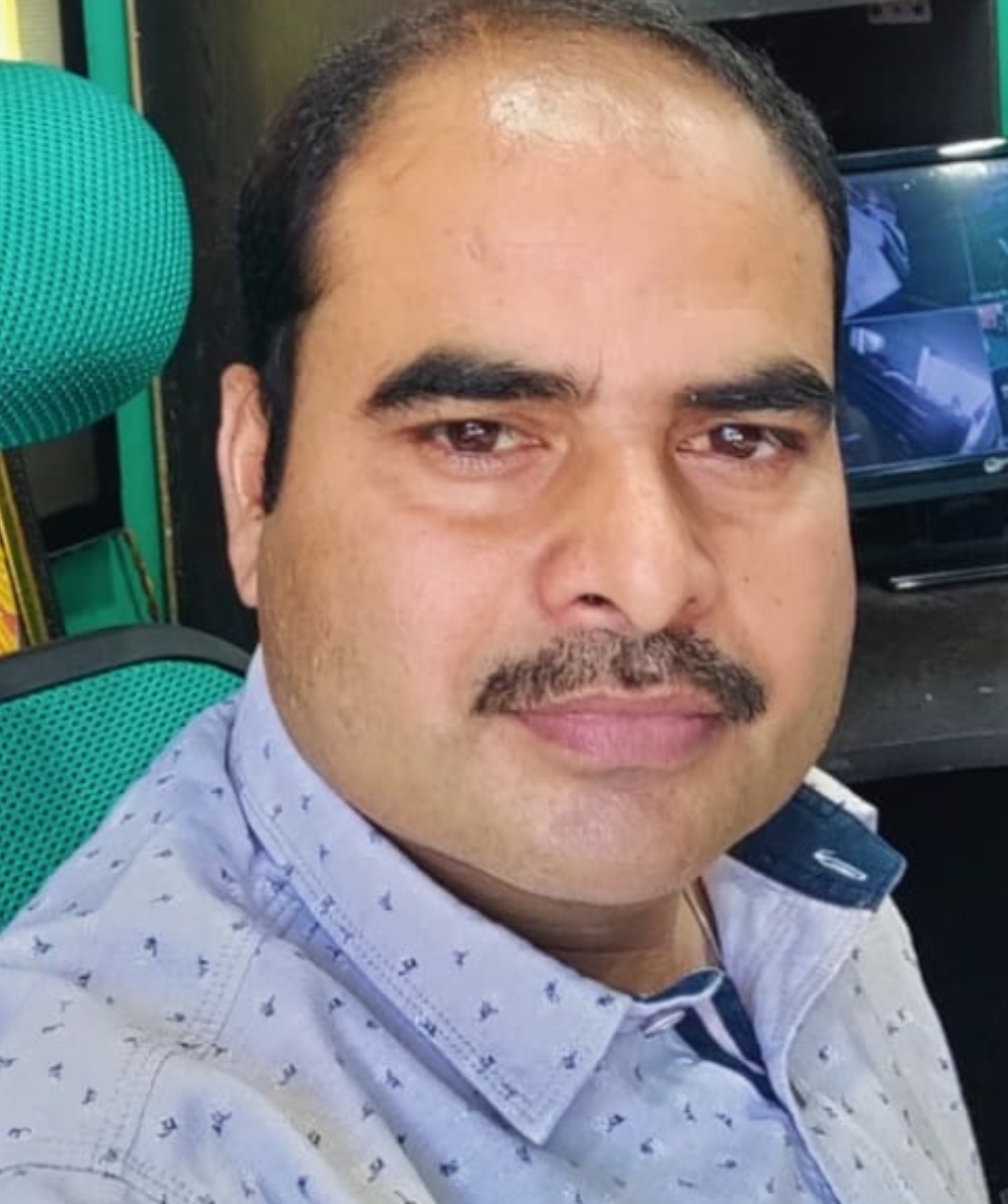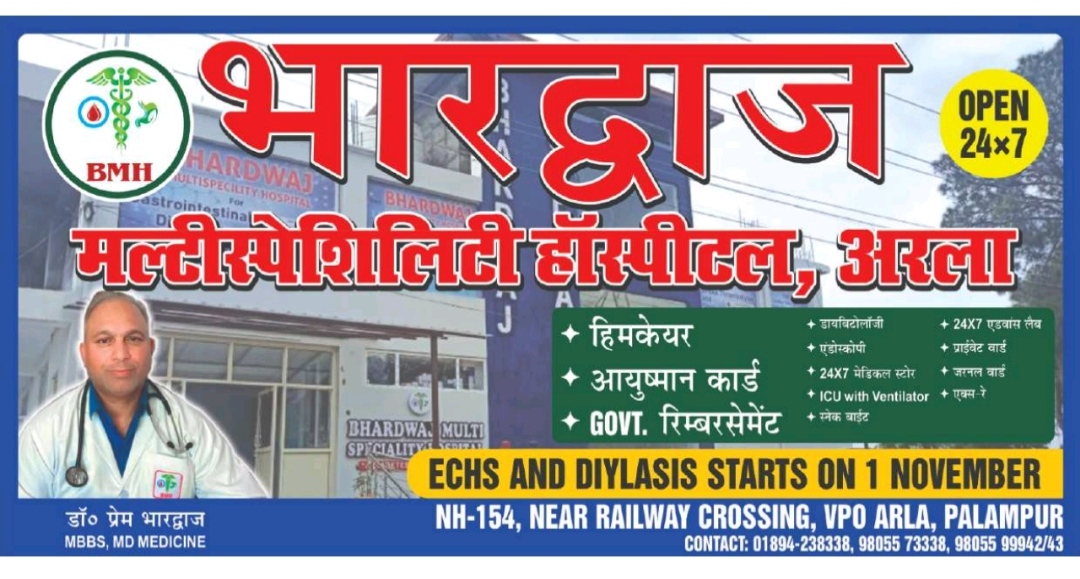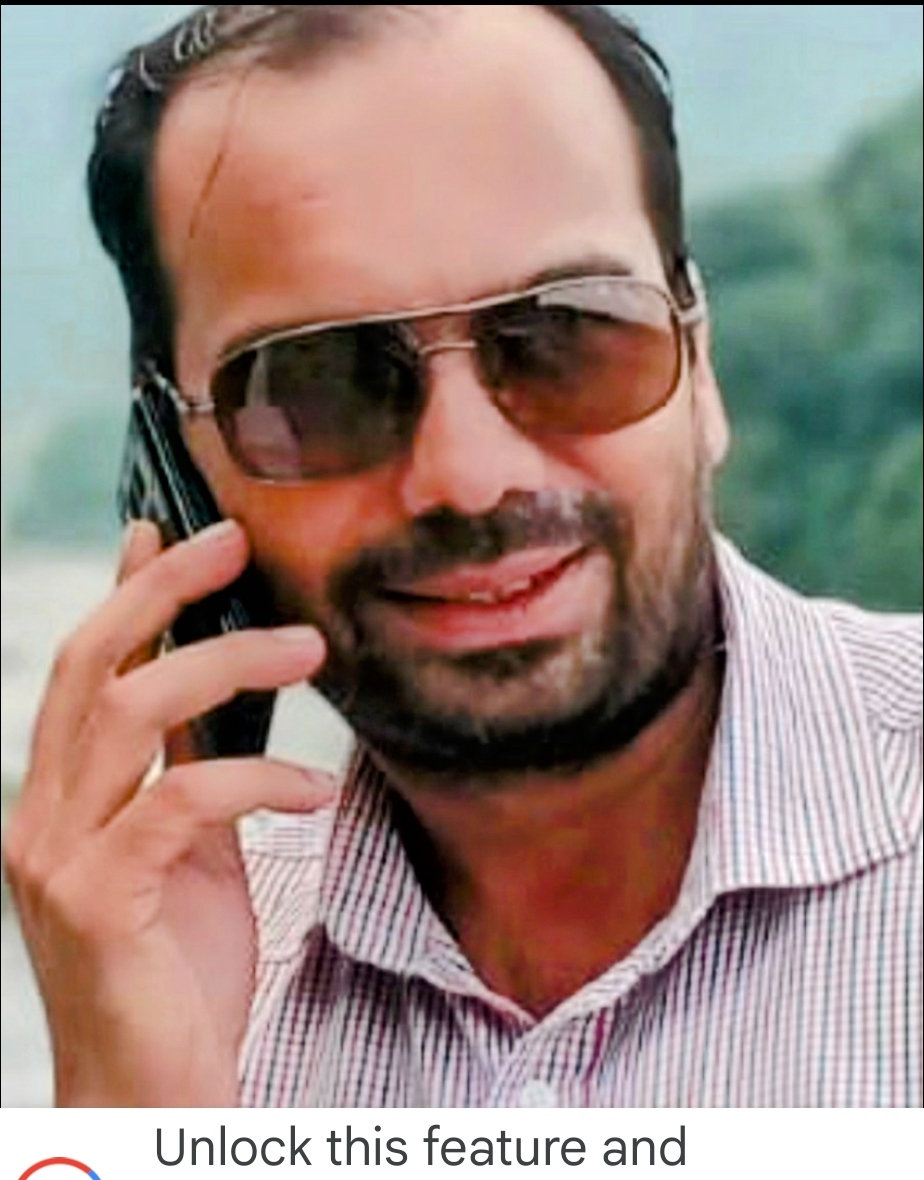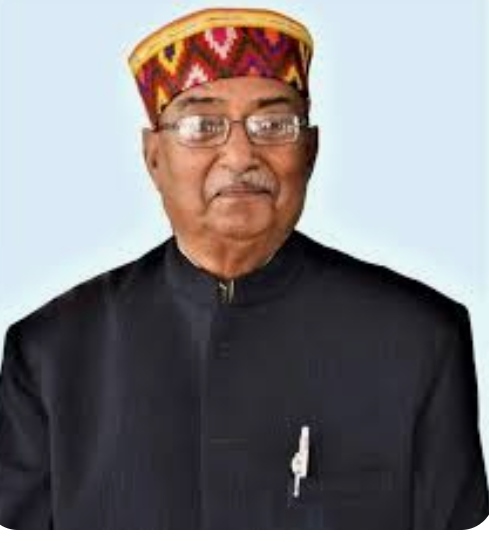
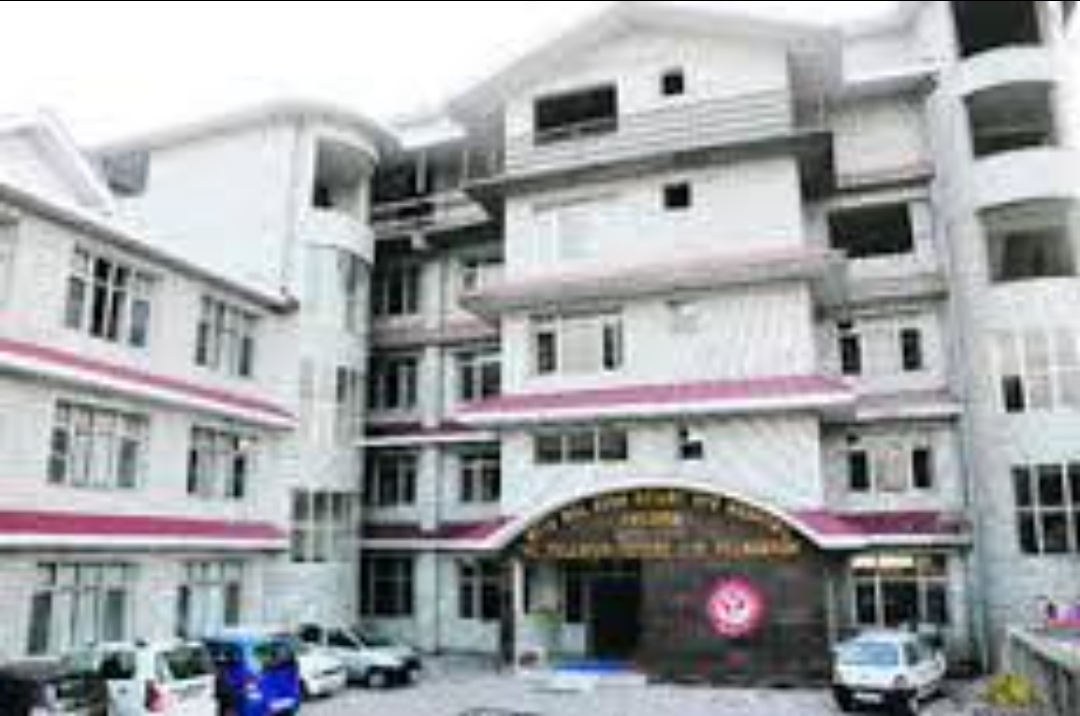


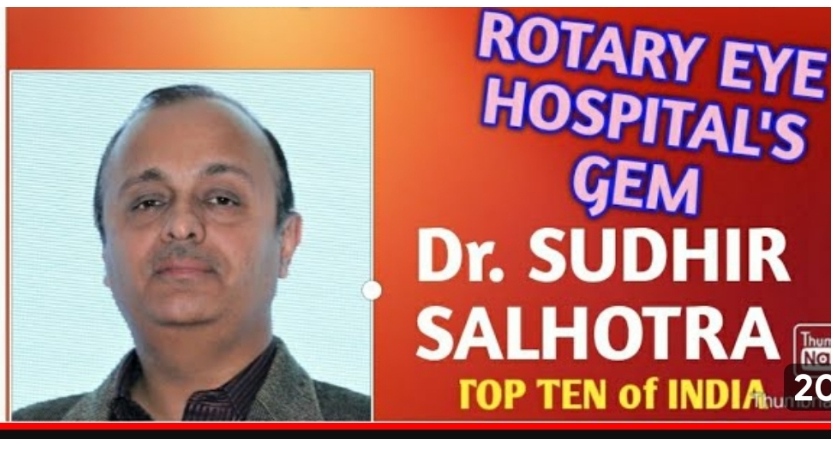


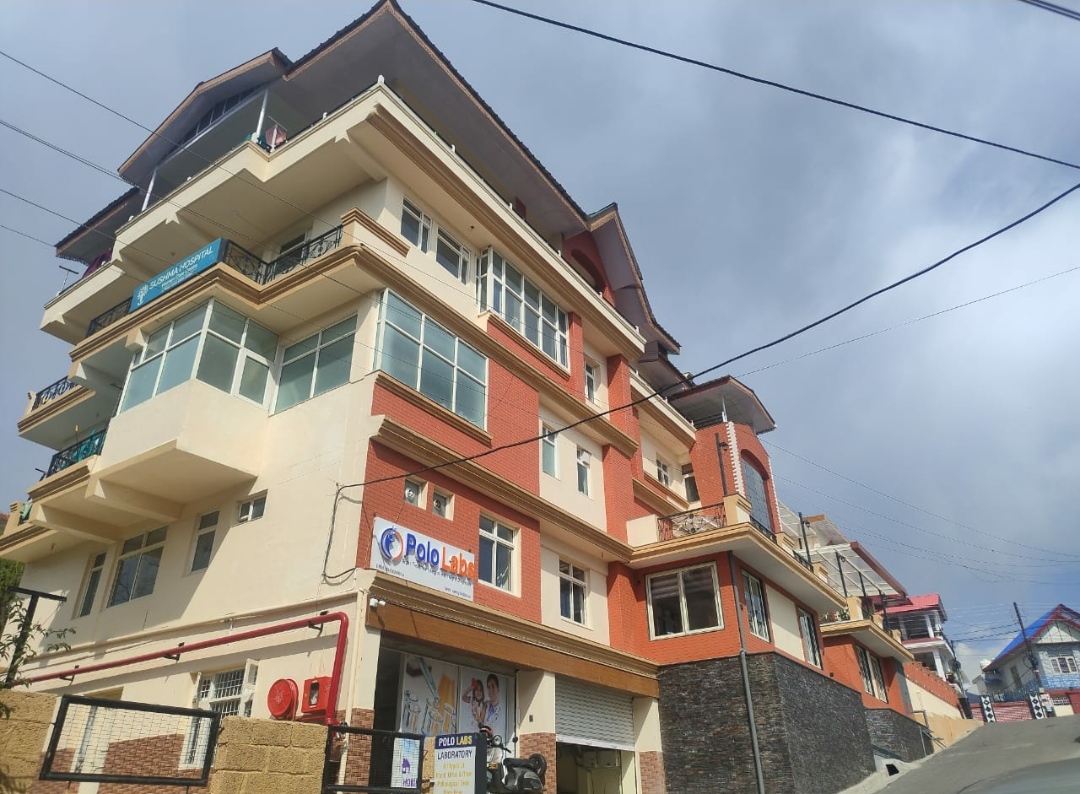




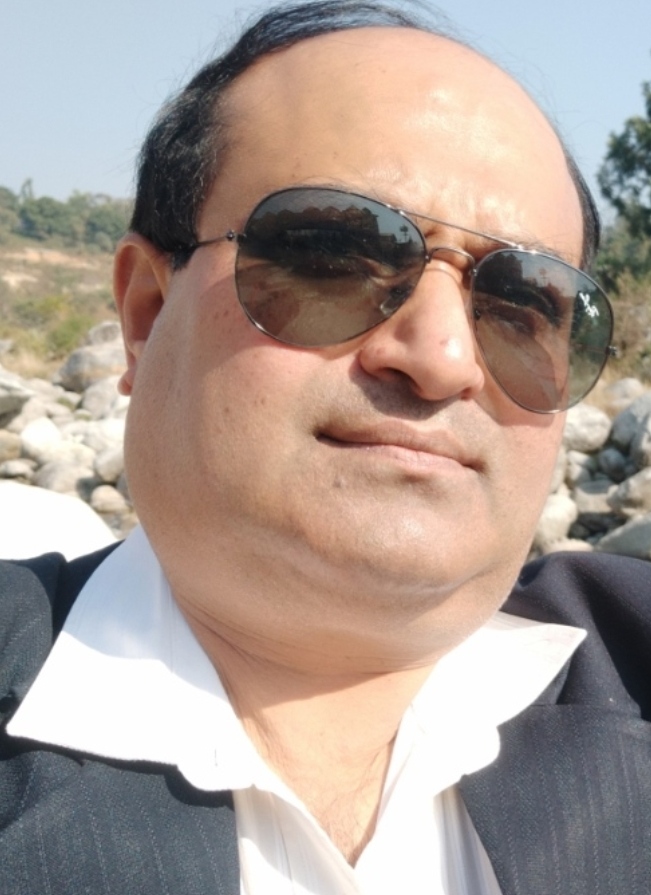
On Tuesday, I had the distinct privilege of interviewing Dr. Sanjeev Sharma, IFS, the esteemed Divisional Forest Officer of Palampur.
Here is the edited Interview :
Rajesh Suryavanshi,
Editor-in-Chief
Interviewee:

Dr. Sanjeev Sharma, IFS, Divisional Forest Officer (DFO), Palampur

💐💐💐💐💐💐💐💐💐
Rajesh Suryavanshi: Good morning, Dr. Sharma. Thank you for joining us today.
Dr. Sanjeev Sharma: Good morning, Mr. Suryavanshi. It’s my pleasure to be here.
Rajesh Suryavanshi : To begin, could you describe your role and responsibilities as the DFO of Palampur?
Dr. Sanjeev Sharma, IFS: As the DFO of Palampur, my main responsibilities include managing, conserving, and protecting forest resources within the division. This involves overseeing afforestation programs, wildlife protection, and ensuring compliance with forestry laws and regulations. I also work closely with communities to promote sustainable forest management practices.
Rajesh Suryavanshi: What specific powers do you have as a DFO, particularly regarding tree felling?
Dr. Sanjeev Sharma, IFS : I have the authority to grant or deny permissions for tree felling within forest areas under the Indian Forest Act, 1927. This includes assessing applications, ensuring compliance with environmental norms, and issuing necessary permits. In non-forest areas, I coordinate with local authorities to manage tree felling activities, ensuring they adhere to legal requirements.
Rajesh Suryavanshi: Can you explain the rules and regulations for felling dangerous trees in municipal areas?
Dr. Sanjeev Sharma, IFS: In municipal areas, the felling of dangerous trees is regulated by the Municipal Corporation Act and the Indian Forest Act, 1927. Residents must submit an application to the municipal authority, which conducts an inspection to assess the threat. If the tree is deemed dangerous, the municipal authority consults with the forest department to proceed with the felling, ensuring minimal environmental impact.
Rajesh Suryavanshi: How does the procedure differ in panchayat areas?
Dr. Sanjeev Sharma, IFS: In panchayat areas, the procedure is governed by the Panchayati Raj Act and the Indian Forest Act, 1927. Applications are submitted to the Gram Panchayat, which conducts an initial assessment. The Panchayat then forwards the application to the forest department for final approval and action. Local community involvement is more pronounced in panchayat areas, ensuring decisions reflect the villagers’ interests.
Rajesh Suryavanshi: Could you elaborate on the full procedure for obtaining permission to fell a life-threatening tree in a municipal area?
Dr. Sanjeev Sharma, IFS : Certainly. The procedure involves several steps:
Application: Submit an application to the municipal authority with details of the tree’s location and condition.
Inspection: The municipal authority conducts an on-site inspection to assess the threat.
Consultation: If deemed dangerous, the municipal authority consults with the forest department.
Approval: The forest department reviews and grants permission if satisfied.
Felling: The municipal authority arranges for the safe felling and disposal of the tree.
Reporting: A report is generated to document the process and ensure compliance with guidelines.
Rajesh Suryavanshi: What challenges do you face in enforcing these regulations?
Dr. Sanjeev Sharma, IFS: Balancing public safety with environmental conservation is a significant challenge. We often encounter public resistance when trees are identified for felling, even if they pose a danger. Additionally, coordinating between different government bodies and ensuring timely action can be logistically challenging. Compliance with legal and environmental guidelines adds another layer of complexity.
Rajesh Suryavanshi: How does your department address concerns from residents opposed to tree felling?
Dr. Sanjeev Sharma, IFS: We engage in community outreach and education to explain the necessity of felling dangerous trees. Public consultations and awareness campaigns help address concerns and emphasize the importance of public safety. We also involve local representatives in decision-making processes to ensure transparency and community support.
Rajesh Suryavanshi: Are there any recent updates to the regulations governing tree felling that residents should be aware of?
Dr. Sanjeev Sharma, IFS : Yes, there have been updates to streamline the application process and reduce processing times. We have introduced stricter guidelines to ensure that only genuinely dangerous trees are felled, with a stronger focus on compensatory afforestation. These changes aim to enhance efficiency and environmental protection.
Rajesh Suryavanshi: What advice would you give to residents who identify a potentially dangerous tree in their vicinity?
Dr. Sanjeev Sharma, IFS: I advise residents to promptly report any potentially dangerous trees to their local municipal authority or Gram Panchayat. Providing detailed information and photographs can expedite the assessment process. Quick action is crucial to prevent accidents and ensure public safety.
RULES & REGULATIONS FOR FELLING TREES
💐In Urban areas, specially in the Municipal Corporations, tree felling permission is accorded by the concerned Municipal Commissioner after obtaining permission from the cabinet sub- committee on recommendation of the tree committee, so constituted
💐In case of eminent threat to life and property, concerned SDMs grant tree felling permission for removal of eminent threat to life and property under Cr PC section 133, BNSS, 2023 SECTION 336.
Rajesh Suryavanshi: Before we conclude, I want to commend you on your exemplary work culture. It’s widely recognized that you are hardworking, charming, soft-spoken, and exceptionally people-friendly. Your honesty and dedication have made a significant positive impact on the community. How do you maintain such a balanced and effective approach in your demanding role?
Dr. Sanjeev Sharma, IFS: Thank you very much for your kind words. Staying connected with the community, being transparent in my actions, and striving for continuous improvement are key. Balancing firmness with empathy and maintaining open communication with my team and the public helps me fulfill my responsibilities effectively. It’s a collective effort, and I’m fortunate to work with a dedicated team who share the same values.
Rajesh Suryavanshi: Thank you, Dr. Sharma, for your insights and for sharing this valuable information with our readers.
Dr. Sanjeev Sharma, IFS: Thank you, Mr. Suryavanshi. It’s important for the public to be informed about these processes, and I’m glad to have had the opportunity to discuss them with you.
Message from DFO Dr. Sanjeev Sharma to the General Public
I extend my heartfelt greetings to the residents of Palampur and beyond. As the Divisional Forest Officer, my commitment remains steadfast towards preserving our natural resources, ensuring public safety, and fostering a harmonious relationship between our environment and community.
Global warming poses an unprecedented threat to our planet, and the need for urgent action cannot be overstated. Planting and protecting trees play a crucial role in combating climate change, as trees absorb carbon dioxide, produce oxygen, and support biodiversity. Each tree we plant and protect contributes significantly to the fight against global warming and helps preserve the ecological balance.
I must emphasize that cutting trees without permission is not just an environmental offense; it is akin to committing murder against our planet. Unauthorized felling of trees disrupts ecosystems, endangers wildlife, and undermines our collective efforts to mitigate climate change. We must work together to enforce strict regulations and ensure that every tree is valued and protected.
I deeply appreciate the role of international digital news channel, INDIA REPORTER TODAY, in serving the community with integrity and fearlessness. Your dedication to unbiased reporting and community service is invaluable. By keeping the public informed and engaged, you help bridge the gap between the authorities and the people, fostering transparency and trust.
Together, with your support and the cooperation of our residents, we can continue to protect our environment, combat global warming, and enhance the quality of life in our community.

